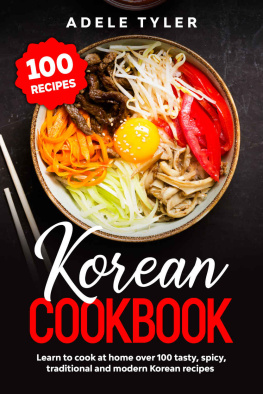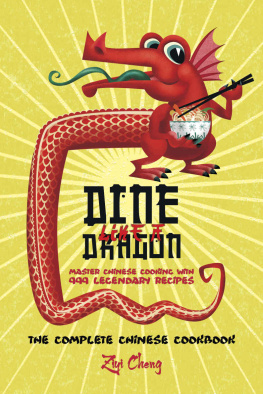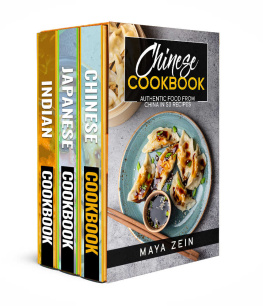Wok Cookbook
70 Easy Recipes For Traditional And Tasty Asian Food |

Emma Yang
Copyright 2021 by Emma Yang - All rights reserved.
This document is geared towards providing exact and reliable information in regard to the topic and issue covered. The publication is sold with the idea that the publisher is not required to render accounting, officially permitted, or otherwise, qualified services. If advice is necessary, legal or professional, a practiced individual in the profession should be ordered.
From a Declaration of Principles which was accepted and approved equally by a Committee of the American Bar Association and a Committee of Publishers and Associations.
In no way is it legal to reproduce, duplicate, or transmit any part of this document in either electronic means or in printed format. Recording of this publication is strictly prohibited and any storage of this document is not allowed unless with written permission from the publisher. All rights reserved.
The information provided herein is stated to be truthful and consistent, in that any liability, in terms of inattention or otherwise, by any usage or abuse of any policies, processes, or directions contained within is the solitary and utter responsibility of the recipient reader. Under no circumstances will any legal responsibility or blame be held against the publisher for any reparation, damages, or monetary loss due to the information herein, either directly or indirectly.
Respective authors own all copyrights not held by the publisher.
The information herein is offered for informational purposes solely and is universal as so. The presentation of the information is without contract or any type of guarantee assurance.
The trademarks that are used are without any consent, and the publication of the trademark is without permission or backing by the trademark owner. All trademarks and brands within this book are for clarifying purposes only and are owned by the owners themselves, not affiliated with this document.
Contents
Introduction
Cooking, as we all remember, is one of the ancient known practices. Cooking was quite easy during the period of human evolvement. Seasonings and cooking appliances were probably basic at the moment, and the regular food probably did not have much variation. Cooking has evolved into almost an art genre since those early days, but it remains a vital part of our daily lives. About the fact that many Asian cultures have the practice of assembling the family or tribe to socialize or party over a large meal, each Asian community established its regional food as a result of the interaction of nature, climate, and culture.
Several special varieties of food come from our ethnic communities, reflecting the broad variety of histories and interactions within their group. We see a remarkable evolution in Asian regional food as it mixes traditional and innovative elements into a distinctly Asian development as the Asian community continues to grow and evolve.
The Asian continent extends large distances from the Middle East to Japan, passing across the Indian subcontinent. Moreover, the many countries that can be located there have contributed to the area's culinary history. There are three basic Asian culinary communities, each of which is often distinct but occasionally overlaps. They are split into three cultures: southwest, northeast, and southeast.
China
China is a member of the food tradition of the northeast. Chinese cuisine is thought to have begun in the 15th century B.C. Confucius and Tao, two prominent Chinese philosophers, reshaped their country's cuisine over the years. Confucius concentrated on combining ingredients to create harmonious meals, while Tao was more concerned with the benefit-sharing of recipes.
Japan
Japan is part of the northeast zone, which also includes China and Korea. Korea taught Japan rice cultivation methods in the third century B.C. In the sixth century B.C., Korea brought Buddhism to Japan, which culminated in meat-eating is prohibited.
Southwest
The southwest includes many nations, including India. Persian-Arabic elements sowed the seeds of its cuisine. For thousands of years, vegetarianism was the standard. Cows were mainly used for their milk because of Hinduism. The introduction of different meats for kebabs and curries in Mughlai cuisine modified many people's diets.
Southeast Asia
Food was either boiled or fried, eaten fresh or dried, and processed into dips in 13th-century Thailand, one of many countries in this area.
Asian foods have their own set of advantages and disadvantages. Let us have a look at them. Classic Asian diets have been shown to have health benefits in studies. Unflavored green tea has been linked to a lower incidence of type 2 diabetes in Japanese studies. Some vegetables, such as cabbage, broccoli, cauliflower, bok choy, and spinach, are used in traditional Asian dishes and linked to a lower risk of numerous diseases. Also, consuming three more portions of green leafy vegetables a week was linked to a lower risk of a heart attack in one Indian report.
Soybeans are also popular in Asian diets. It can be in the form of soymilk, broth, or tofu and may partially substitute red and refined meats as a protein source. Whole grains like brown rice, which were more common in Asian diets a century earlier, have health benefits and a lower glycemic load. Boosting whole grain consumption by two servings a day is linked to a 21% lower risk of diabetes.
White rice is also a central part of many Asian diets. White rice provides about 30% of the calories in Asian dietsheavy consumption of foods with a high glycemic load. Brown rice can be a simple and nutritious alternative, but some people consider brown rice to be bumpier and less delicious than white rice despite its pleasing taste.
Another main component of Asian diets that is over-consumed is salt. The body needs 230-460 mg of sodium per day, and Asians consume more than 4600 mg per day on average. Soy sauce and salt applied at home, either when preparing or at the table, were the most common sources of sodium in the Japanese and Chinese diets. Rural Asian cultures also use salt as a means of food storage, which leads to unnecessary salt consumption. Lowering blood pressure, which is frequently elevated in people with pre-diabetes or diabetes, may be achieved by reducing salt consumption.
Sugar consumption is also on the rise in modern Asian diets. Aside from the influx of sugary beverages from the West, Asian diets now include various teas, such as chai or bubble tea, that pack a lot of calories and sugar in small serving sizes. This is a departure from earlier, conservative Asian diets, which emphasized natural tastes from spices, fruits, and vegetables rather than highly sweetened beverages and desserts.
Unhealthy oils, such as those comprising trans fat and animal fat, are also used in cooking today's Asian diets. Trans fats are becoming more common in processed goods in Asia due to their potential to extend shelf life, but no regulations enforce the disclosure of trans fat content to the public. Trans fat use has been linked to weight gain, elevated cardiovascular risk, and insulin resistance.
Before you can begin cooking Asian cuisines, you must first become familiar with several main ingredients. If you plan to do some sort of Asian cuisine, soy sauce is perhaps the most important product to have on hand. It is a dark-colored sauce with a thick, salty flavor that's made from soybeans and wheat. It is a common and traditional staple that can be used for coating, fermenting, and cooking in various Asian cuisines, especially stir-fries. Anchovy extract from fish is widely used as a cooking sauce in Southeast Asia to give a spicy, savory flavor to dishes. Fish sauce has a strong taste, so a little goes a long way. It has a strong odor, so once applied to a dish, it adds a layer of umami, and it is a taste you will know from Thai and Vietnamese cuisine. Stir-fries, soups, and noodle dishes are all good places to start. It should be noted that it is produced from preserved anchovies, so it should not be used for any vegetarian dishes.


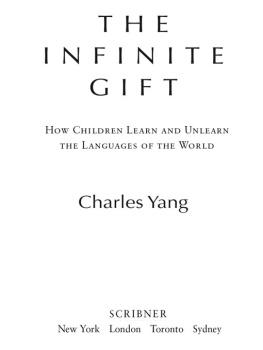

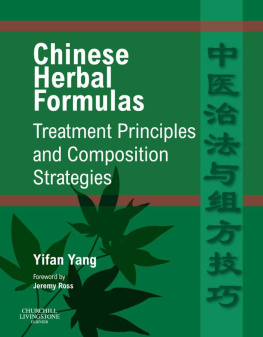
![Yang - The latehomecomer: [a Hmong family memoir]](/uploads/posts/book/165016/thumbs/yang-the-latehomecomer-a-hmong-family-memoir.jpg)



